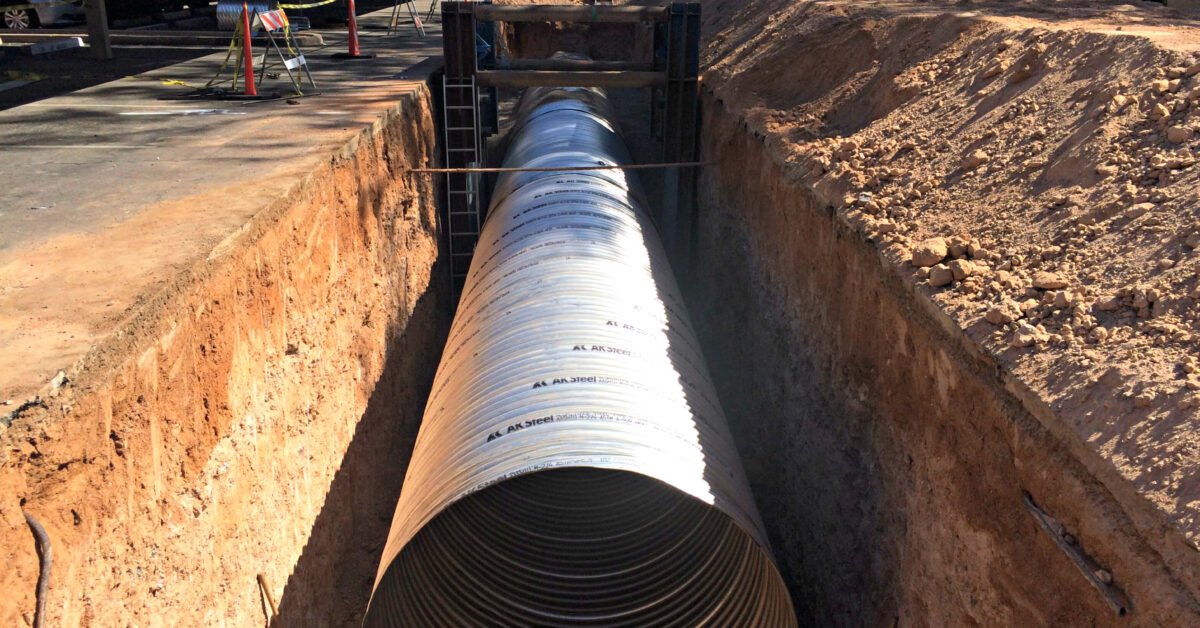Monsoon Flooding and Drainage Issues: How an Ancient City Faces Modern Challenges
As the monsoon season sweeps across the subcontinent, bringing life-giving rains to parched fields and depleting reservoirs, it also unleashes a torrent of challenges in urban areas, particularly in historic cities like Jaipur. Here, monsoon flooding and drainage issues are not just seasonal inconveniences; they are stark reminders of how antiquated infrastructure struggles to keep pace with the demands of contemporary living. In a city where the past and present collide, the monsoon rains often expose vulnerabilities that have lingered for decades, affecting residents and the very fabric of the community.
On a balmy evening in July, after days of relentless rain, the streets of Jaipur transformed into tributaries. Residents watched helplessly as floodwaters surged past their doorsteps, sweeping away trash and debris while revealing the inadequacies of the city’s drainage system. For many, this was not an unfamiliar scene. Each monsoon season, the same issues resurface, prompting questions about why a city brimming with historical significance struggles with such fundamental infrastructural challenges.
Local officials have long acknowledged the ramifications of monsoon flooding and drainage issues. Yet, as rain continues to pour, skepticism grows. Many residents share stories of their families’ struggles during previous monsoons, recalling nights spent bailing water from their homes or navigating flooded streets that turned into impassable torrents. For the elderly and the disabled, the impact is even more pronounced, as they face physical barriers when attempting to evacuate to safer ground.
The roots of these flooding challenges run deep. Jaipur, established in 1727, was meticulously planned with a series of unique water bodies and an elaborate drainage system. However, as the city expanded into a sprawling metropolis, much of the original infrastructure fell into disrepair and was unable to accommodate the increased volume of runoff. The once-cleverly designed canals now lie clogged with debris and litter, a silent witness to the neglect that has plagued the city over the years.
In recent years, the government has launched various initiatives to address these drainage issues, from dredging canals to installing new drains. Yet, progress has been painfully slow. Residents express frustration as they see little improvement, particularly after heavy rains when the streets overflow once more. Monsoon flooding and drainage issues not only affect the homes and livelihoods of the city’s inhabitants but also pose significant public health risks. Stagnant water can serve as a breeding ground for mosquitoes, leading to outbreaks of diseases like dengue fever and malaria, which disproportionately affect vulnerable populations.
Amid these challenges, community initiatives have emerged as a beacon of hope. Grassroots organizations and local activists are banding together to advocate for better water management practices and to educate residents about the significance of maintaining clean drainage systems. They organize neighborhood clean-up drives to clear debris from drains and educate citizens on the importance of proper waste disposal. Volunteers work tirelessly, knowing that while their efforts may seem small in the grand scheme, they can make a tangible difference in their neighborhoods.

One organization, “Clean Jaipur,” has become a critical voice in raising awareness about the need for sustainable solutions to the city’s flooding challenges. Their leader, Anjali Mehta, is fervent in her belief that community involvement is key. “We can no longer rely solely on government interventions,” she asserts. “We need to take ownership of our environment. Each one of us has a role to play.” Through workshops and community meetings, Clean Jaipur has inspired hundreds to take action, creating a network of people who are committed to transforming their city.
The complex interplay between historical significance and modern challenges is perhaps best embodied in the story of the Hawa Mahal, or Palace of Winds. This iconic structure, with its intricately carved façade and honeycomb-like windows, has stood the test of time. Yet, even this symbol of resilience faces threats during the monsoon season when heavy rains risk damaging its foundations. As efforts to preserve such iconic landmarks continue, it becomes increasingly clear that addressing monsoon flooding and drainage issues is not solely about immediate relief but also about protecting the cultural heritage that defines Jaipur.
As the monsoon clouds gather and darken the skies, there is a palpable sense of urgency in the air. Local leaders are now more than ever recognizing the need for a comprehensive approach to urban planning that acknowledges the inevitability of heavy rains. With climate change intensifying weather patterns, Jaipur’s authorities are being urged to adopt more adaptive strategies, including permeable surfaces that allow for better water absorption and green infrastructure that can manage stormwater more effectively.
The recent monsoon has prompted renewed discussions among city planners, environmentalists, and residents about the importance of sustainable development in the face of climate change. Many argue that adopting eco-friendly practices can not only mitigate flooding but also enhance the quality of life for residents. From planting trees that can absorb excess rainwater to creating retention basins that collect runoff, these solutions offer a path forward.
As the rains continue to fall, residents remain hopeful that change is on the horizon. While they navigate the muddy streets and deal with the lingering effects of the flooding, they are also mobilizing and advocating for a better future. The monsoon, with all its challenges, becomes a catalyst for change and community resilience.
Ultimately, the story of monsoon flooding and drainage issues in Jaipur is more than just a tale of hardship; it is also a narrative of hope and renewal. As the city grapples with its complex relationship between history and modernity, its inhabitants are not waiting passively for solutions to arrive. They are rising to the occasion, proving that when communities unite in the face of adversity, they can transform their challenges into opportunities for growth and healing. In every drop of rain that falls, there is a lesson about the importance of collaboration, innovation, and enduring spirit, ensuring that the voices of the people are heard amidst the storm.












Leave a comment